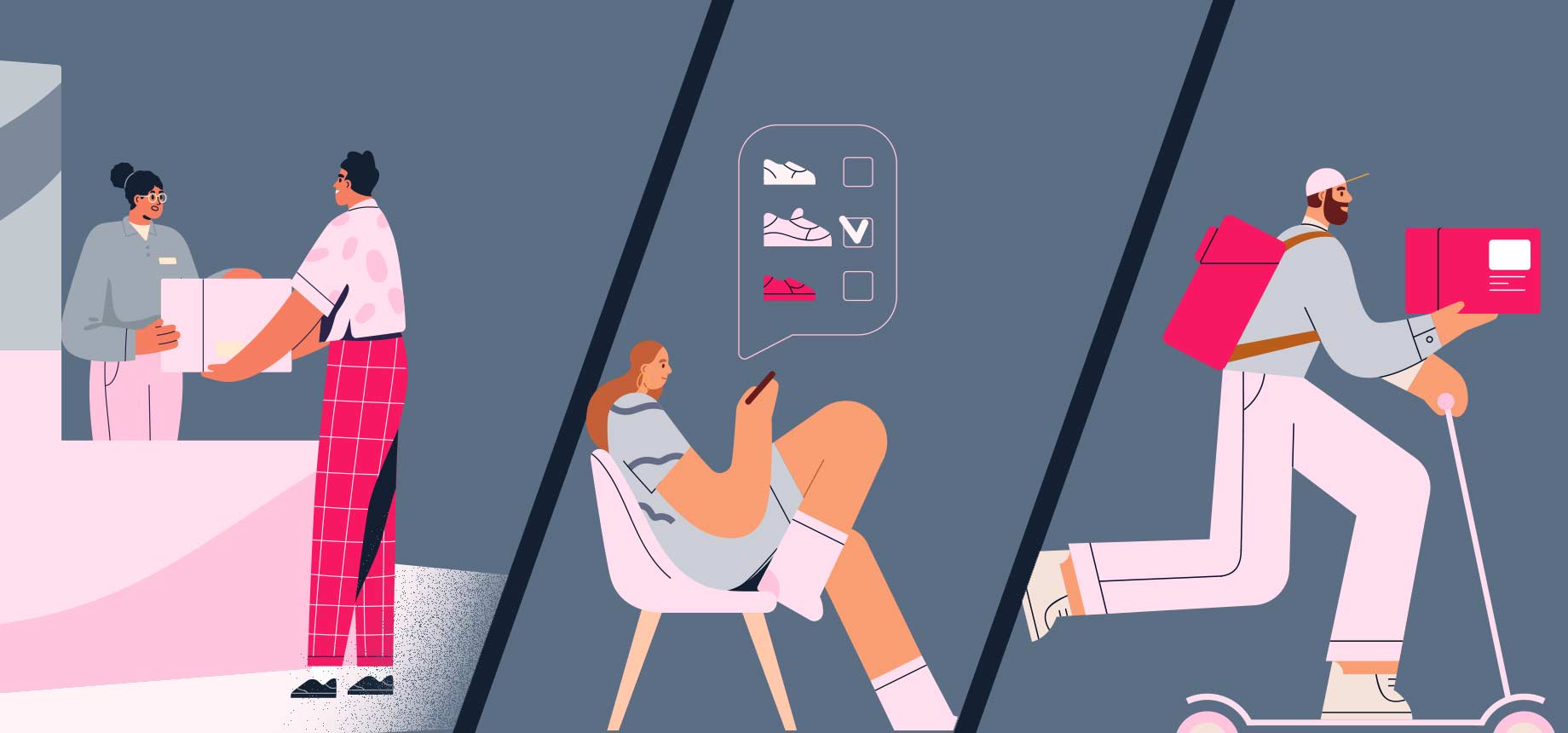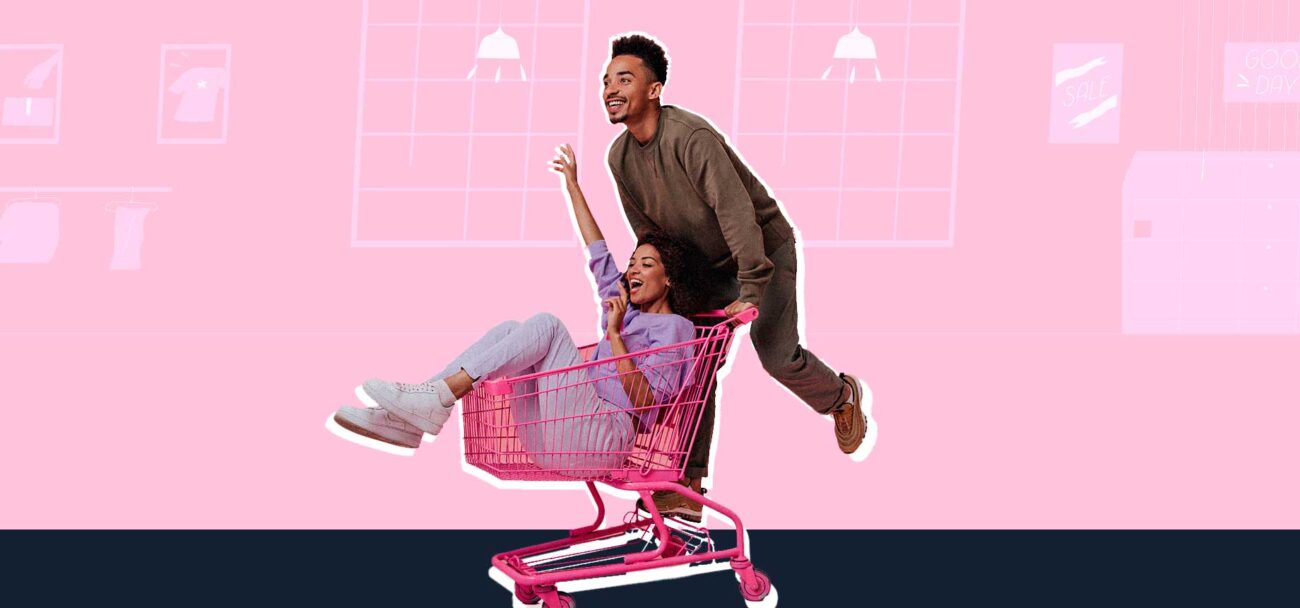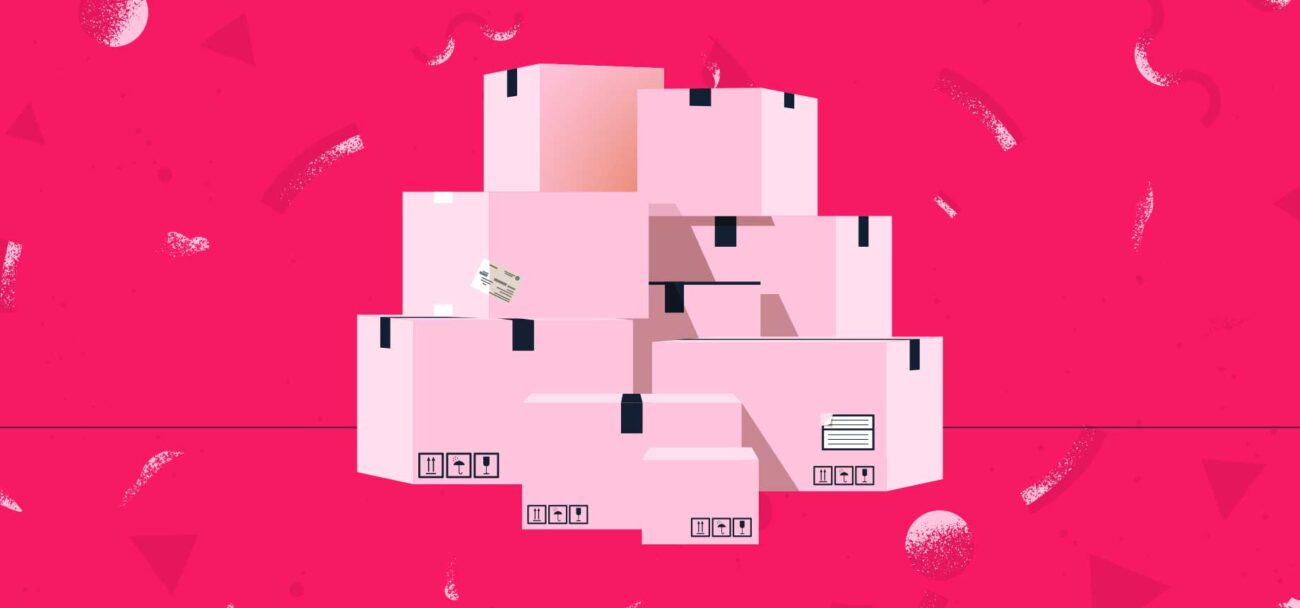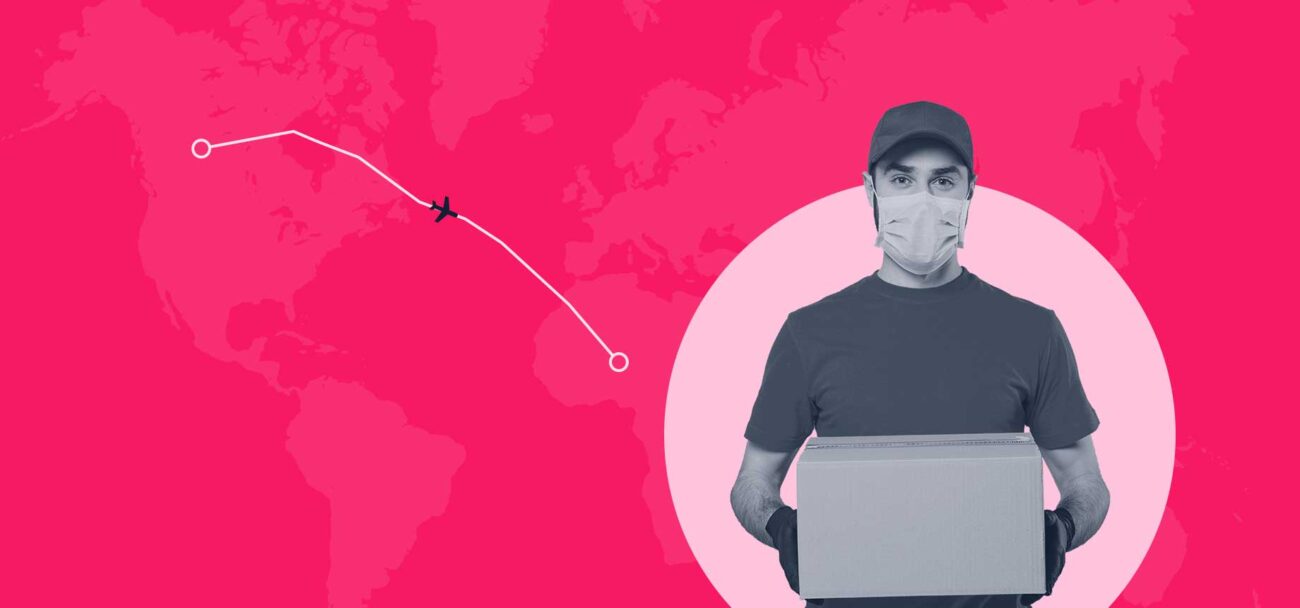
Omnichannel retail is already a reality and goes far beyond simply having multiple sales channels such as ecommerce, physical stores and social media. Talking about the convergence between these multiple channels is talking about omnichannel.
Omnichannel retail represents the possibility for consumers to choose where and how to buy and receive their orders. The goal is to provide a unique and seamless experience, with integration between the physical and online worlds.
The basis of the strategy is to put the consumer at the center, valuing their relationship and experience with the brand. Consumers can, for example, choose the product on the website, ask questions through WhatsApp, close the purchase and choose to pick it up at the closest brick-and-mortar store. The same must apply to the after-sales process, that is, to have the channels available to the consumer for exchange and return, regardless of which generated the sale itself.

Within the concept of omnichannel, there are three common strategies involving the physical store for online orders. They are: ship-from-store, ship-to-store and pick-up in-store.
The omnichannel ship-from-store strategy refers to the use of physical store inventory to fulfill orders made through digital channels, with the store itself responsible for fulfillment, namely for picking and packing, and for sending the purchase. The physical store, in addition to serving as a point of sale (POS), also acts as an advanced inventory point in the distribution centers’ network.
Once a physical store that is closer to the omnichannel customer is used to serve them, the retailer starts to have a more competitive offer, with better conditions for shipping costs and delivery time, giving them greater chances of converting into a sale. The consumer, on the other hand, also saves on shipping costs and has their purchase delivered faster to the chosen address, sometimes even on the same day, improving the experience and satisfaction.
In the ship-to-store model, the store acts only as a pick-up point for orders placed on the ecommerce and is not responsible for the stock, fulfillment or shipping. Instead of paying to have the order delivered, the consumer can choose to pick it up at the nearest store, which is convenient, and not bear the shipping cost (since, in this option, shipping is generally free).
However, the selected store might not have stock to meet the demand. Therefore, the retailer needs to transfer stock from another store or from the warehouse to the store that will serve as the pick-up point, chosen by the consumer. In this case, the retailer increases its chances of conversion as it allows the consumer to choose where to pick up the purchase and without shipping costs, bringing more security and convenience to the process.
In addition, it is an alternative to losing sales due to stockout and a way to take the consumer to the store. This serves as an opportunity to showcase other products and try to make an additional sale, increasing average order value (AOV). Ultimately, for customers, it is always a benefit to have their convenience needs met.
Unlike ship-to-store, in the pick-up in-store model the store not only acts as a pick-up point for orders placed online, but is also responsible for stock and fulfillment. It is a strategy that combines the benefits of ship-from-store with ship-to-store.
The retailer, having the store as an advanced stock station, manages to reduce its transport cost and delivery time, making the offer more competitive and, therefore, improving conversion. This is also an excellent traffic generation strategy for the store, aiming to increase the basket and consumer engagement.
The consumer might want to save money on shipping. Or it does not want to wait for the deadline to ship the purchase or it simply does not have the option of receiving it at home and prefers to go to the store to pick it up. Pick-up in-store might prove faster and cheaper for all those scenarios, thus incentivizing the customer to opt for it. Also, it is usually a quick process that avoids queues and crowding inside the store.

Having an omnichannel solution is an important strategy for bringing physical stores into the ecommerce game. During the COVID-19 pandemic, when physical stores closed, stores began to rely on the sale of digital channels to bring in revenue and ensure inventory turnover.
This need was even more evident in the franchise cases since the franchisee — also a client — began to count on the brand for a volume of orders coming from ecommerce, thus managing to guarantee its survival. The fact is that among all the difficulties, the years 2020 and 2021 pushed the digitization of retail to new heights, including the omnichannel projects that in many cases were just drafts on paper.
However, the benefits also come with challenges.
It is worth noting that physical stores still face operational difficulties when they act as an advanced stock post or as a “small warehouse”. The dynamics of fulfillment in the store until then was different, it is important to teach and train the store for this new reality, which is not in its nature.
It is essential to provide a technology solution that allows the store to control all processes in the chain, including order and logistics stages (OMS/WMS), and delivery windows according to operational capacity. It is also necessary to rethink the structure, organization and dynamics of the store, in terms of labor and space, for picking and packing.
And, most importantly, more than changing technology and processes, it is necessary to transform the company’s mindset to this new consumer-centric reality.
Still, despite all the challenges, the benefits of an omnichannel strategy for physical stores remain clear:

As any other robust retail strategy, omnichannel has its complexities that must be overcome gradually, with a good dose of knowledge, patience and technological support. The bottom line is that it’s worth investing time, resources and effort to be a true omnichannel solution — and the three models above are a good starting point for your business.

